Travelling exhibitions
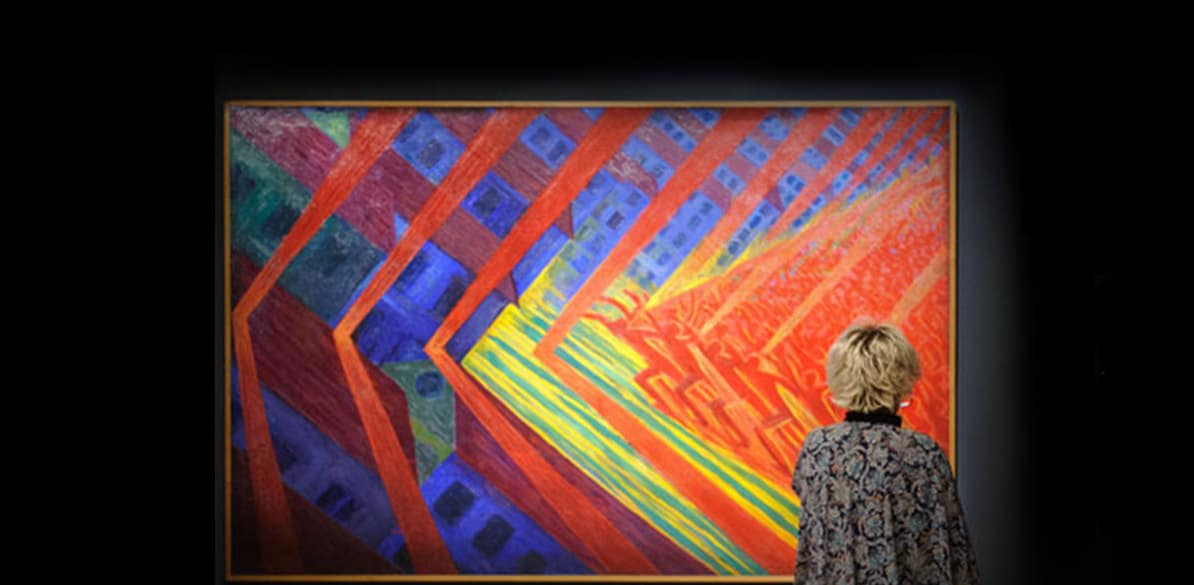
Our exhibition rooms in Madrid and Barcelona are not the only places you can enjoy our photography, drawing, painting and sculpture exhibitions. Once they have been presented in Spain, our idea is that they should be shared far and wide. We want to reach the rest of the world!
Thus the retrospective on Walker Evans headed to Sao Paulo, Stephen Shore to Berlin, Vanessa Winship to Las Palmas de Gran Canaria, the selection of drawings in our collection Hand with Pencil to El Salvador and From Divisionism to Futurism to the Museum of Modern and Contemporary Art of Trento e Rovereto, in Italy.
Part of our program travels to museums and cultural institutions in Europe, North America and Latin America. We want to take art to every corner of the globe. And we hope it reaches you too.
66 exhibitions
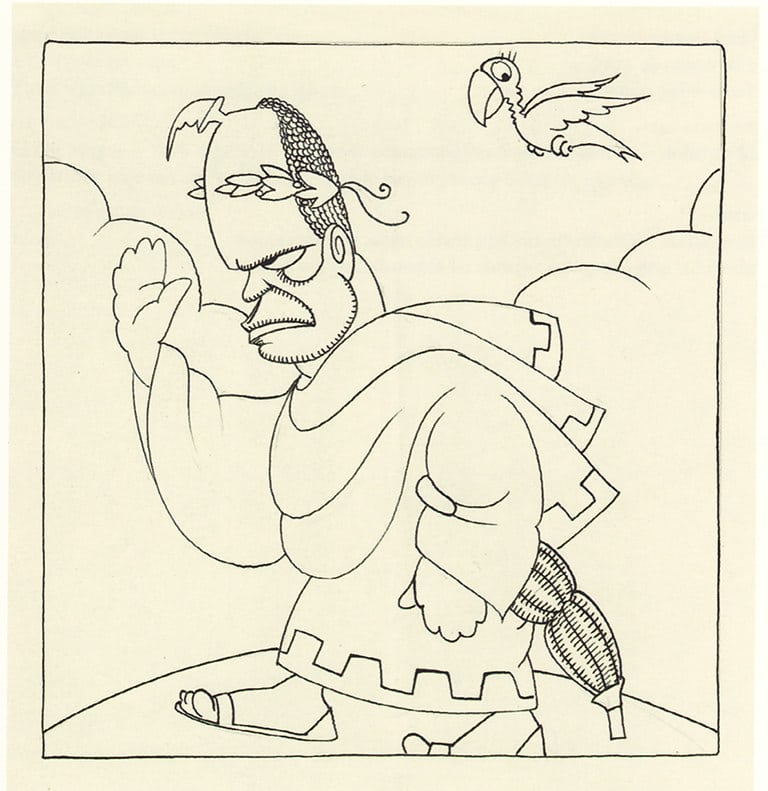
Luis Bagaría
The dictator gets angry, 8 january 1925
Fundación MAPFRE collections
© Fernando Maquieira
BAGARÍA IN THE SUN. POLITICS AND HUMOR DURING THE RESTORATION CRISIS FUNDACIÓN MAPFRE COLLECTIONS
–
Fundación MAPFRE Guanarteme, Santa Cruz de Tenerife
Originality. Wit. Ingenuity.
Luis Bagaría began his artistic career as a painter but soon moved on to caricatures, quickly becoming of the most important figures in this artistic discipline in the first half of the 20th century.
Trained within the context of Catalan modernism, in 1912 he moved to Madrid where he began to collaborate with the publications La Tribuna, the weekly journal España and the daily paper El Sol, gaining significant notoriety as an artist. Acutely aware of the influence of the press as a form of mass communication, Bagaría brought his brand of humor to the political arena. With his particular drawing style and great ability to summarize events, through his caricatures Bagaría encourages us to reflect on a fairer world.
Having previously been on display in the city of Las Palmas, this exhibition which brings together a selection of approximately one hundred drawings, belonging to the Fundación MAPFRE Collections, arrives at MAPFRE Guanarteme’s heaquarters in Santa Cruz, where it can be enjoyed until June 7.
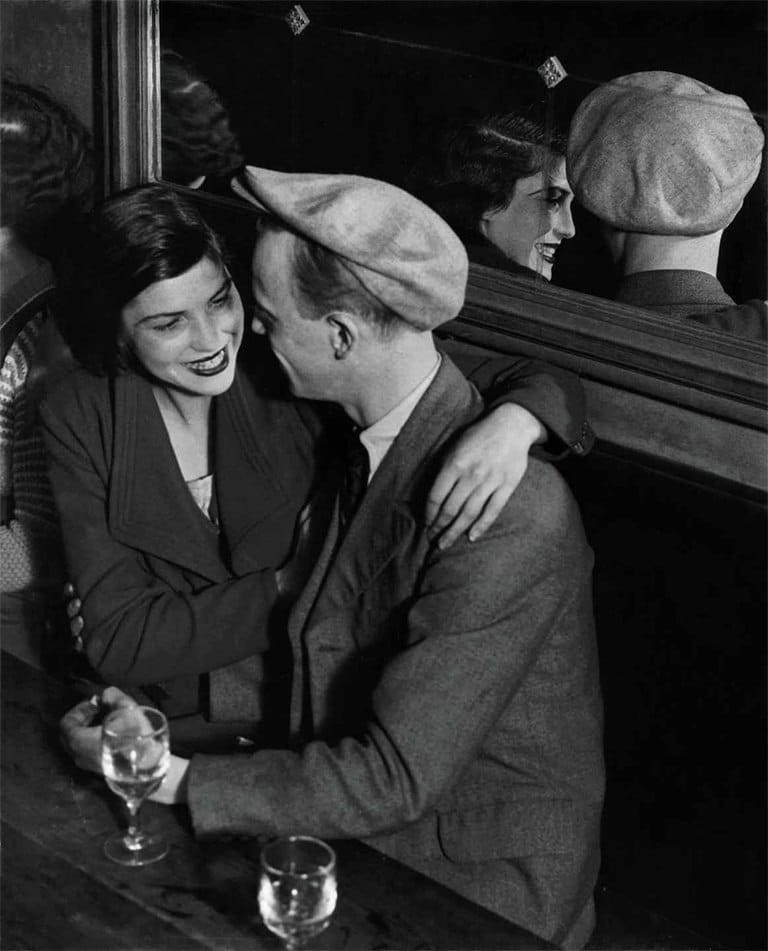
Brassaï
Bal des Quatre Saisons, rue de Lappe. c. 1932
© Estate Brassaï Succession, Paris
BRASSAÏ
–
Scenes from daily life. Lights. Shadows.
Ever since Gyula Halász (Brassaï’s original name) arrived in Paris in 1924, he used the city as his main source of inspiration. The way in which he depicted its streets and its inhabitants made him famous and some of his photos became symbols of an era and of the city.
Brassaï captured the soul of Paris with his camera, its daily life and its radiance. Monuments, the quirkiest of spots and scenes of everyday life appear in his work as a reflection of the irresistible fascination the artist felt towards the French capital. But in his quest to portray the city, the photographer did not ignore the darker side of Paris. For Brassaï, the gang members, outcasts, prostitutes and drug addicts all represented the least cosmopolitan aspect of Paris, an aspect imbued with more life and authenticity.
This exhibition covers all of Brassaï’s artistic facets, from photographs and drawings of female nudes to the trips commissioned by Harper’s Bazaar and his interest in the world of graffiti.
Discover Paris through the viewpoint of Brassaï.
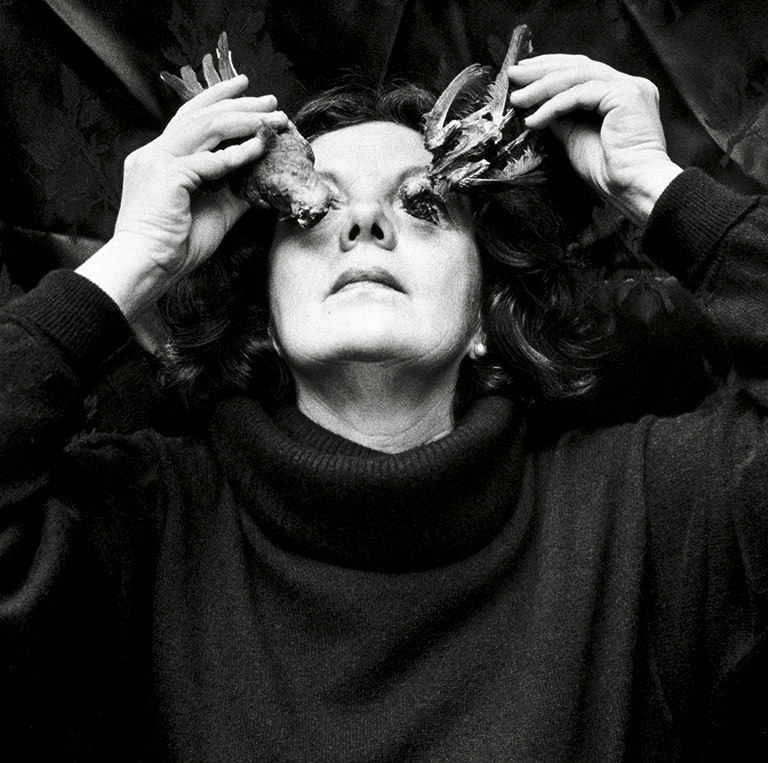
Graciela Iturbide
Eyes to fly with, Coyoacán, México City. 1991
Fundación MAPFRE Collections
© Graciela Iturbide
GRACIELA ITURBIDE
–
Symbols. Travel. Knowledge.
The work of Graciela Iturbide is a faithful reflection of the artist’s interest in symbols and rituals. “Although we reject our education, we carry it with us and it is part of us” according to the Mexican artist. Growing up in a middle-class Catholic environment in Mexico marked her artistic language, into which she incorporated nature and culture, the ancestral traditions and rituals found in everyday life and the symbology of objects.
Iturbide’s camera is a tool employed in the service of knowledge with which she explores and digs deeply into Mexican culture and other realities that she learns about through her travels. India, Panama, the United States, Japan, Korea, Italy; in every country the photographer crafts a piece of work in which speech and movement are captured in a static image of the world.
This exhibition shows the unclassifiable work of one of Mexico’s most renowned photographers on the current international scene. In a complex union between experiences and dreams, the work of Iturbide, surreal and poetic, captures the solitude, the essence and the soul of what it is to be a photographer.
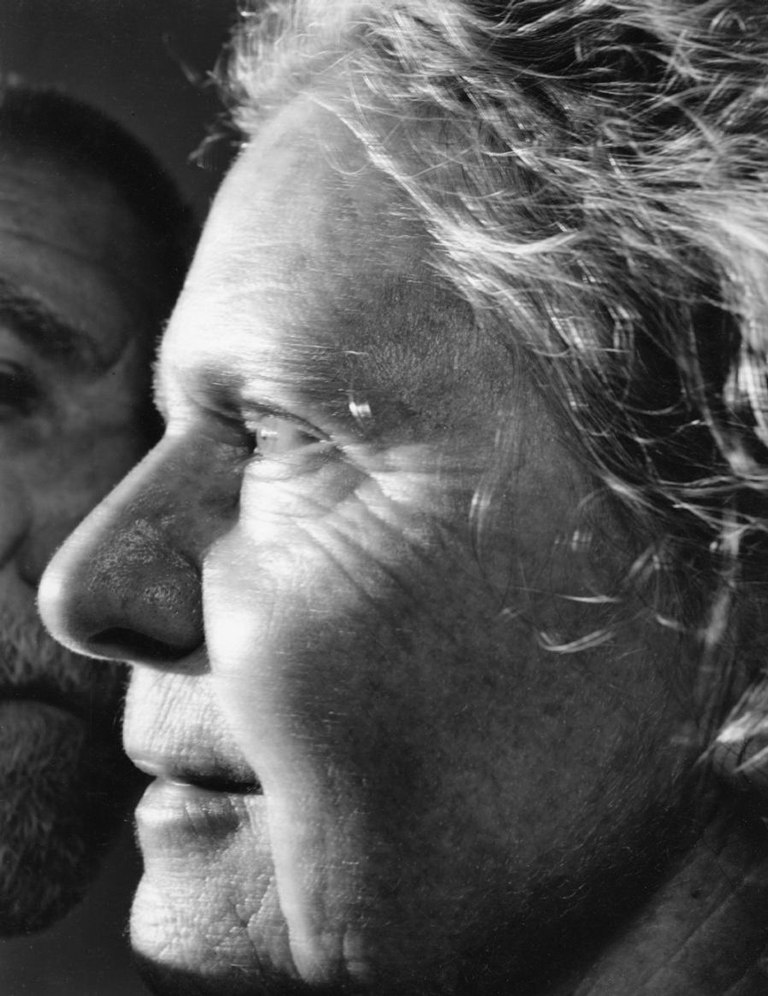
Bebe, Savignac de Miremont, 2011
Gelatin silver prints, contact
© Nicholas Nixon.
Fundación MAPFRE Collections.
NICHOLAS NIXON
–
Fondation A Stichting, Bruselas
Time. Intimacy. Freedom.
Stopping in front of one of Nixon’s photographs is to enter into his vision of the human soul. With a uniquely heightened sensitivity and ability to capture detail and feelings, his images, of an extraordinary sharpness and compositional clarity, connect with the life experience of the viewer.
Nixon works on series that touch on fundamental aspects of human life, and one of them is the passage of time. This is very noticeable in his series of the elderly, his family scenes and is particularly evident in the celebrated series of The Brown Sisters.
Nixon portrays spaces and objects with a career marked by and devoted to portraiture, revealing the reality of his chosen subjects up-close. The use of large format cameras requires the proximity and collaboration of his subjects to be able to show the themes that interest him: the sick and the old, couples and his own family.

Brassaï
Bal des Quatre Saisons, rue de Lappe. c. 1932
© Estate Brassaï Succession, Paris
BRASSAÏ
–
San Francisco Museum of Modert Art (SFMoMA)
The photographer of Paris. Day-to-day life. Darkness.
When thinking about Brassaï’s work, we immediately conjure up scenes of Paris at night. From 1924, the year in which the artist moved permanently to the city of light, he found in it the main topic for his work. How the city was laid out, its daily comings and goings, and, above all, its vibrant nightlife fascinated him so much that he invested all his creativity in capturing Parisian life in such powerful and evocative snapshots that they have become undeniable cultural icons.
In 1968, when he was a well-recognized photographer, the MOMA organized a retrospective on Brassaï. And now, 50 years later, the work of this key proponent of 20th century photography returns to us, from New York to demonstrate all his many artistic facets, from photography to female nude drawings, as well as the work arising from his trips for the magazine Harper´s Bazaar to Edinburgh, Italy, Turkey and Spain, and his interest in graffiti.

Graciela Iturbide
Eyes to fly with, Coyoacán, México City. 1991
Fundación MAPFRE Collections
© Graciela Iturbide
GRACIELA ITURBIDE
– JAN
Knowledge. Poetics. Surrealism.
For Graciela Iturbide the camera is just a pretext for getting to know the world. Her work is a process of continual dynamic exploration which, over four decades, has focused on dreams, rituals, religion and travel.
«Although we reject our education, we carry it with us and it is part of us» says Iturbide when she is asked about her interest in symbols and rituals. And this photographer, a practicing agnostic, was brought up in a middle class Catholic and Mexican context, where symbols and rituals formed part of the language.
Moving between a documentary and a poetic style, her unique way of seeing the world combines live and dreams. Nature and culture, ancestral traditions, rituals found in everyday life and the symbology of objects occupy a central space in her work.
With Iturbide every image brings us back to the essential: life, death and pleasure. The things that make humankind and the world what they are.

Bebe, Savignac de Miremont, 2011
Gelatin silver prints, contact
© Nicholas Nixon.
Fundación MAPFRE Collections.
NICHOLAS NIXON
–
Freedom. Closeness. Intensity.
Focusing principally on portraiture, and with an ability to bring out all the possibilities of his camera, through his work Nicholas Nixon offers us a world which encompasses the first glimpses of cityscapes in the 1970s, up until the well-known series of The Brown sisters. The elderly, the sick, the intimacy between couples and the family are just some of the themes that have captivated the artist throughout his career.
The slowness and absence of dramatic elements define a body of work which spans five decades. The American photographer employs a simple but flawless technique, with the use of a large-format camera which fosters the close proximity and cooperation of those being depicted.
Nixon gains people’s trust and manages to get them to show themselves naturally, which is what makes these images so vividly realistic and yet they do not lose their freshness despite being perfectly composed pictures. Nixon recognizes, brings forward and captures that which would never exist without his particular framing of it.
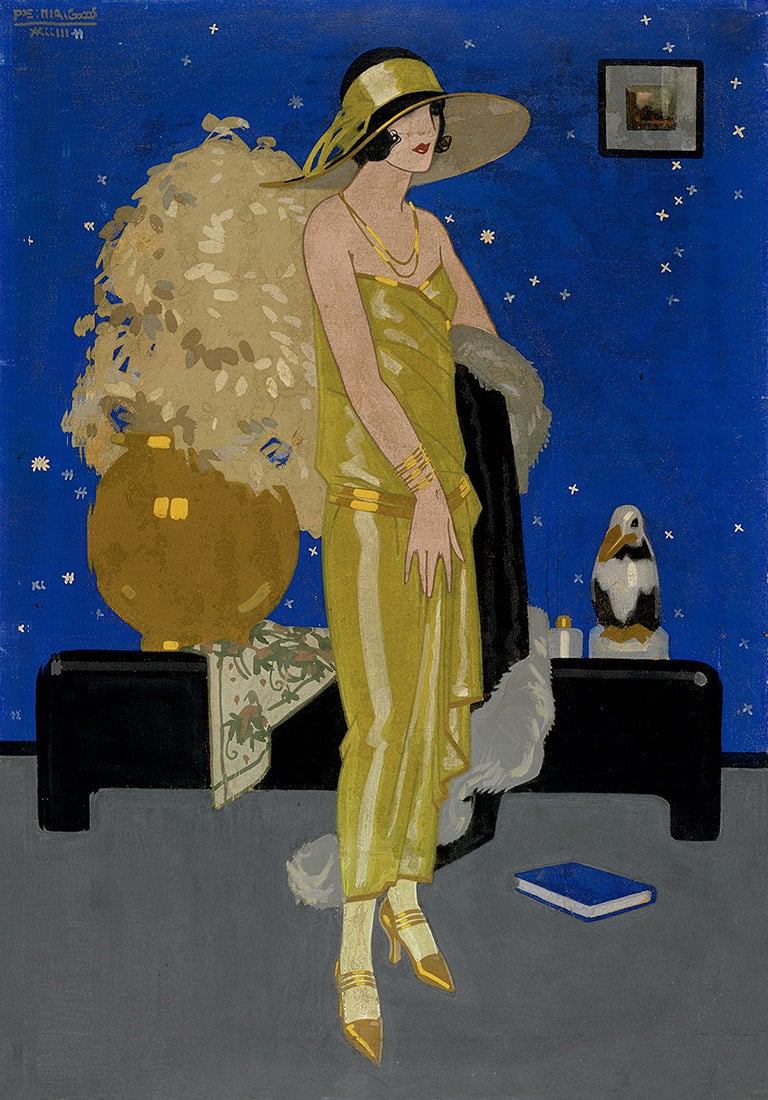
Rafael de Penagos
Untitled, 1923
Gouache on canvas
Fundación MAPFRE collections
RAFAEL DE PENAGOS. PORTRAIT OF THE MODERN WOMAN
–
Asociación Cultural Torres y Tapia
Cosmopolitan. Modern. Art Deco
Rafael de Penagos is considered as the artist that introduced Art Deco illustration into Spain. This illustrator played a fundamental role in modernizing Spanish illustration at the beginning of the 20th century and was the precursor to a new ideal of a modern and stylish feminine figure. The “women Penagos” are recognizable for their extreme modernity and sophisticated dress sense as well as their ways of behaving. They are a new kind of woman who has short hair, smokes and has a varied social and intellectual life.
The point of Penagos’ drawings was to introduce Spanish society of the time to new European trends. It was the ideal time to do so given that the openness of the 1920s was allowing for an aesthetic renewal to take place and any influences from the main European capitals were received with admiration.
Through the pages of magazines such as La Esfera, Blanco y Negro, Nuevo Mundo and ABC, and on the posters created for the Circle of Fine Arts and the companies Floralia and Gal, the artist portrays those “happy years of the 1920s” while configuring a new feminine ideal: “the modern Eve”.
Fundación MAPFRE owns the most important collection of Rafael de Penagos’ works, comprising around a hundred works, among which are original drawings and first editions of his published illustrations. This exhibition showcases some of these works.

Luis Bagaría
The dictator gets angry, 8 january 1925
Fundación MAPFRE collections
© Fernando Maquieira
BAGARÍA IN THE SUN. POLITICS AND HUMOR DURING THE RESTORATION CRISIS FUNDACIÓN MAPFRE COLLECTIONS
–
Political caricature. Humor. Reflection.
Luis Bagaría (Barcelona, 1882 – Habana, 1940), trained in Catalan modernism, moved to Madrid in 1912 and got involved in the plans for national renewal backed by José Ortega y Gasset, firstly in the magazine España and, from December 1917 onwards, in the pages of the El Sol newspaper.
During a period in which censorship was rife, Bagaría managed to document and recreate the deterioration of the Restoration system and Primo de Rivera’s coup d’etat. With his particular drawing style and great ability to summarize events, through his caricatures Bagaría encourages us to reflect on a fairer world.
The Fundación MAPFRE collections house nearly five hundred of Bagaría’s sketches from the 1917-1926 period. A selection of about one hundred of these will be on display in Fundación MAPFRE Guanarteme from 12 September.
